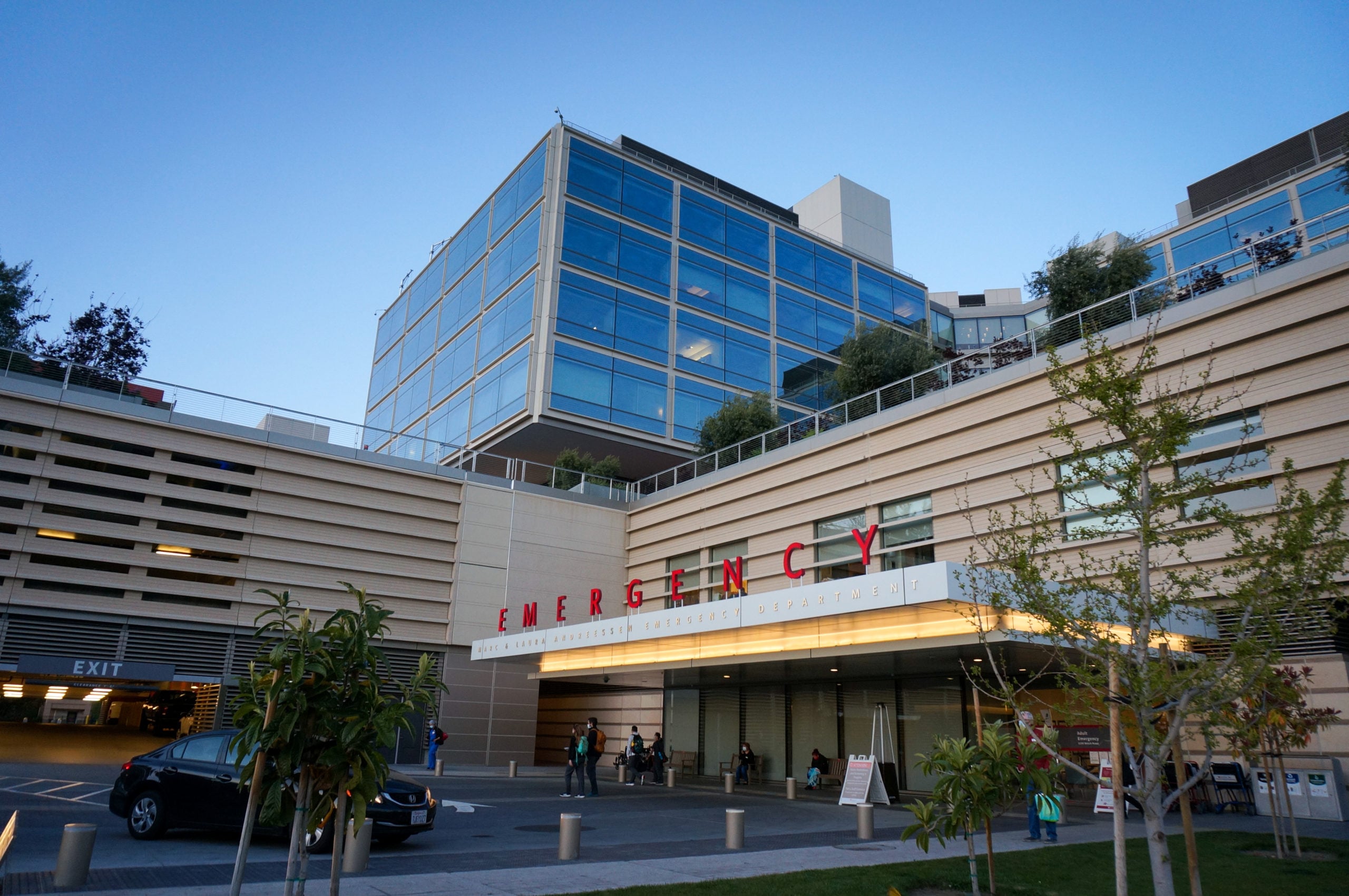For some people, COVID-19 symptoms can persist well beyond their initial recovery from the illness. Months after contracting the virus, a COVID-19 survivor can still experience symptoms of discomfort and exhaustion that hinder their return to a pre-COVID routine, Stanford researchers said.
While post-viral symptoms are nothing new, the issue has come into the limelight because of the widespread nature of COVID-19.
“It’s not surprising that COVID has caused this post-viral syndrome. Post-viral symptoms have been known and described for many other infections as well,” said Hector Bonilla, clinical associate professor of infectious diseases, adding that Herpes and Epstein-Barr are examples of viruses that have long-lasting symptoms.
In May, Stanford Health Care’s Post-Acute COVID-19 Syndrome Clinic (PACS) opened to specifically treat patients with this new condition described as post-COVID-19, more commonly known as long-COVID.
The co-directors of the PACS Clinic, Bonilla and Linda Geng, clinical assistant professor of medicine, are experts in post-viral syndromes.
For long-COVID, the severity of the initial illness does not necessarily predict or correlate with the likelihood of developing post-COVID conditions, according to Geng.
“There is a propensity for acute COVID-19 to be very severe for the elderly population with certain risk factors. However, the population most at risk for long-COVID can include younger patients,” she said.
According to Geng, the average patient with long-COVID is in their 30s or 40s, and there is a higher percentage of females being treated for long-COVID at the PACS Clinic.
In terms of how common long-COVID is, study reports vary.
“The prevalence in the general population is around 1.5%, but for hospitalized COVID-19 patients, the range can go from 30 to 50%,” Bonilla said.
For hospitalized COVID-19 patients, the conservative estimate is around 10 to 20%, but there are studies reporting as high as 70 to 80%, according to Geng. A Stanford School of Medicine study published in the Journal of the American Medical Association Network Open estimated the prevalence of long-COVID for hospitalized COVID-19 patients to be more than 70%.
Geng added that the varying findings mean that some of the symptoms may not be severe enough to be brought to attention, which leads to underdiagnosis of long-COVID.
Symptoms of long-COVID are complex. Although most commonly reported symptoms by patients include fatigue and shortness of breath, Geng noted that many have multi-system symptoms that simultaneously appear in respiratory, cardiovascular, neurological and cognitive regions. Bonilla also emphasized the importance of recognizing the varying definitions of long-COVID. While some professionals define long-COVID as symptoms lasting for 30 days, others define it as lasting more than 12 weeks.
With a wide time range of prolonged symptoms, Geng emphasized that patients need to monitor themselves after they have had a COVID-19 infection, and she urges them not to be afraid to raise these symptoms with their physician.
As long-COVID is an active area of ongoing research, much remains unknown. Bonilla emphasized the importance of vaccines, as more research is needed in understanding the effects of long-COVID.
“A study done in the UK showed that vaccination decreased COVID-19 symptoms and the prevalence of long-COVID,” Bonilla said. “This study speaks to the importance of getting vaccinated if not already and then [getting] subsequent boosters as indicated.”
In addition to the PACS Clinic, Stanford Medicine announced on Nov. 22 that its researchers are embarking on a four-year long-COVID study sponsored by the National Institutes of Health (NIH).
As a part of the NIH’s Researching COVID to Enhance Recovery Initiative, the Stanford team — which includes Stanford Medicine professors Upinder Singh, P.J. Utz, Catherine Blish and Yvonne Maldonado — is expected to receive nearly $15 million in funding for the study of prevention and treatment of long-COVID. Stanford Medicine will also enroll 900 COVID-19 survivors and long-COVID patients in the study to monitor over four years.
Singh, one of the study’s principal investigators, said that there has not yet been a definitive study that tries to define the epidemiology as well as the pathophysiology of long-COVID.
For the researchers, they hope that their funding and patient pool will assist them in answering essential questions on long-COVID.
“How often does it happen? In whom does it happen? Can we predict who will get long-COVID? Can we treat or prevent it? These are the questions that this study aims to answer,” Singh said. She said she hopes to find answers as a team with researchers across the country.
“Stanford Medicine will be part of a large national effort to understand long-COVID. Our contributions will be on the recruitment of individuals who have had COVID, as well as appropriate controls and to help answer questions,” Singh added. “We have much to learn.”
